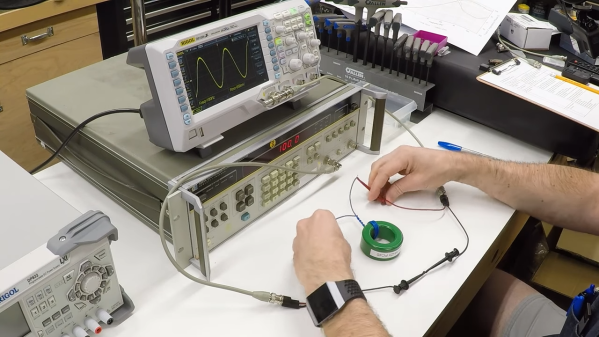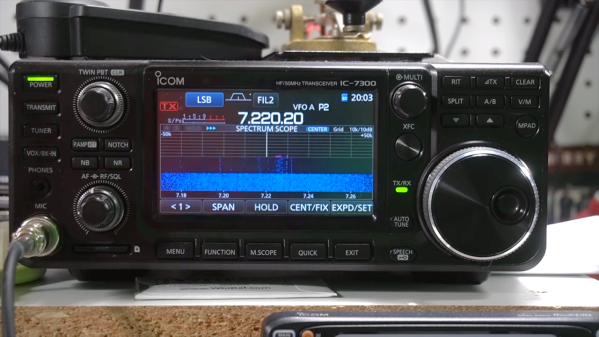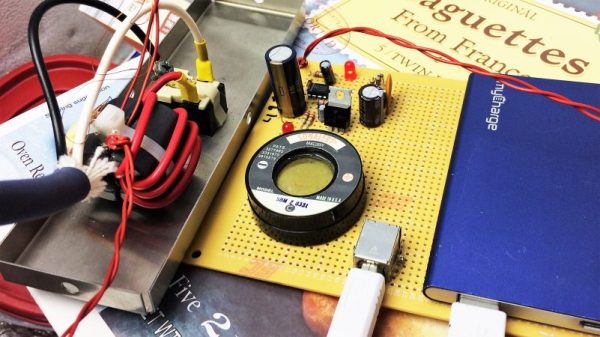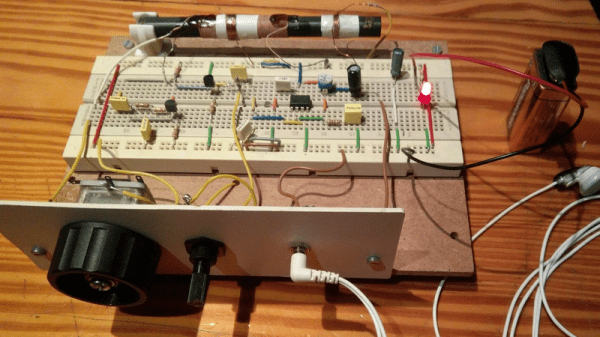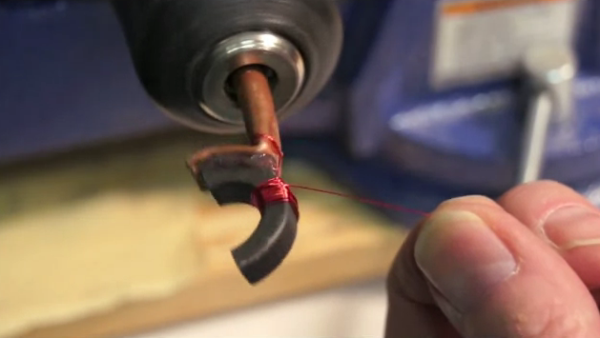Radio frequency electronics can seem like a black art even to those who intentionally delve into the field. But woe betide the poor soul who only incidentally has to deal with it, such as when seeking to minimize electromagnetic interference. This primer on how RF chokes work to reduce EMI is a great way to get explain the theory from a practical, results-oriented standpoint.
As a hobby machinist and builder of machine tools, [James Clough] has come across plenty of cases where EMI has reared its ugly head. Variable frequency drives are one place where EMI can cause problems, and chokes on the motor phase outputs are generally prescribed. He used an expensive choke marketed as specific for VFD applications on one of his machines, but wondered if a cheap ferrite core would do the job just as well, and set to find out.
A sweep of some ferrite cores with a borrowed vector network analyzer proved unsatisfying, so [James] set up a simple experiment with a function generator and an oscilloscope. His demo shows how the impedance of a choke increases with the frequency of the test signal, which is exactly the behavior that you’d want in a VFD – pass the relatively low-frequency phase signals while blocking the high-frequency EMI. For good measure, he throws a capacitor in parallel to the choke and shows how much better a low-pass filter that makes.
We love demos like this that don’t just scratch an intellectual itch but also have a practical goal. [James] not only showed that (at least in some cases) a $13 ferrite can do the same job as a $130 VFD choke, but he showed how they work. It’s basic stuff, but it’s what you need to know to move on to more advanced RF filter designs.
Continue reading “A Practical Look At Chokes For EMI Control”

